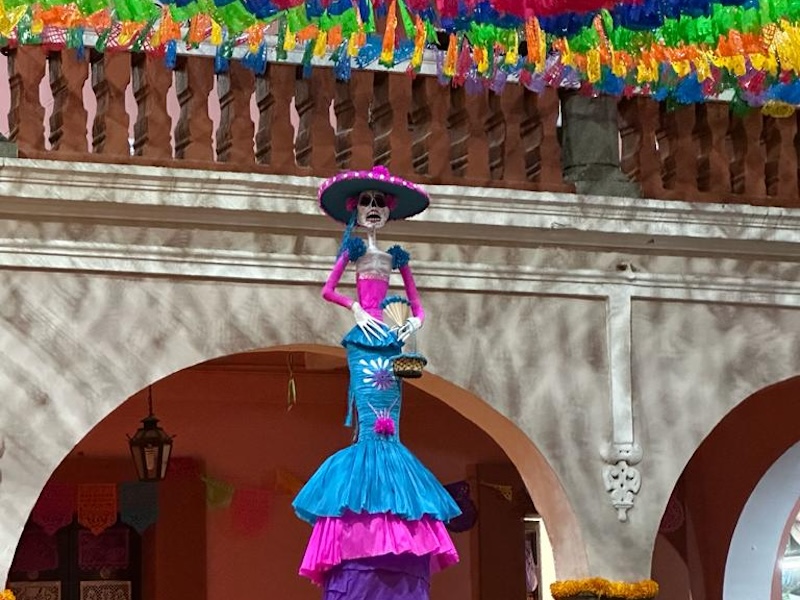Garcia, professor of Spanish in the World Languages and Cultures Department, presented about the presentation of death in Lope de Vega's moriscos plays.
 Mina Garcia, professor of Spanish in the World Languages and Cultures Department, recently presented about the treatment of death in Lope de Vega’s moriscos plays at an international conference.
Mina Garcia, professor of Spanish in the World Languages and Cultures Department, recently presented about the treatment of death in Lope de Vega’s moriscos plays at an international conference.
The conference, sponsored by AITENSO (Asociación International de Teatro Español y Novohispano de los Siglos de Oro) took place in Puebla, Mexico, amid the celebration of the Day of the Dead from Oct. 30 through Nov. 1.
This international conference explored variations on the topic of death in the theater of the Golden Age: Speech, Society and Transcendence, and was dedicated to Aurelio Gonzalez, who was the second president of the association and passed away recently.
Garcia’s paper was based on her monograph in progress on moriscos (Muslims converted to Catholicism in Early Modern Spain) characters in Lope de Vega’s plays. Lope de Vega was a renowned Spanish playwright during the Spanish Golden Age of Baroque literature, which ran from 1492 to 1659. His literary production includes 3,000 sonnets, three novels, four novellas, nine epic poems and approximately 500 plays. Within his work, there are more than 300 Moriscos characters in more than 70 plays who are the focus of Garcia’s new book and the presentation she gave in Puebla, Mexico.


